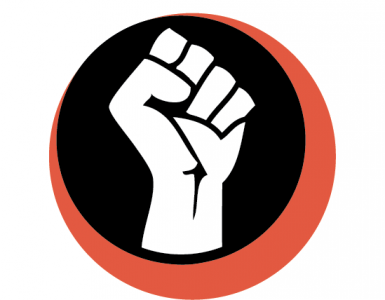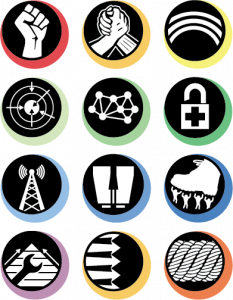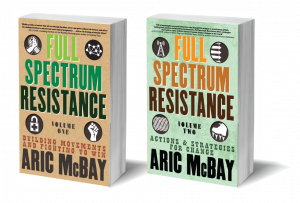How and why do people join movements, and how can we encourage them?
In a nutshell: Resistance movements are made out of people; to win they must constantly recruit new people, while strengthening communities of resistance and developing the skills of existing members.
| In this chapter: | |
| Coalition for a Free South Africa – An anti-Apartheid divestment group finds their active support dwindling—until they decide to try something new and more confrontational. (p. 137) | |
| The Making of a Radical – How do people become activists, rebels, or revolutionaries? Part of the answer is a radical triad of personal experiences, radical catalysts, and action needs. (p. 140) | |
| Effective Recruitment – Specific tips and suggestions for better recruitment. (p. 153) | |
| The Freedom Summer – A voter registration drive during the Civil Rights movements gives further insight into what makes people join and stay in movements. (p. 165) | |
| The PAIGC and Amílcar Cabral – A successful anti-colonial revolution in Guinea and Cape Verde offers a model to integrate recruitment, political analysis, community organizing, and resistance strategy. (p. 167) | |
| Train & Retain – Recruitment is only the first step; groups and movements also have to help new people develop skills, and create an environment that makes new people want to stay involved; practical suggestions are offered. (p. 173) | |
Movements and groups in this chapter:
Featured: Coalition for a Free South Africa (CFSA), African Party for the Independence of Guinea and Cape Verde (the PAIGC). Discussed: 1960s Student Radicals, Anti-Nazi Resistance in Occupied Europe, Black Panther Party, Anarchist Black Cross, Anti-Globalization Movement, Dutch Anti-Cruise Missile Movement. Mentioned: Spanish Anti-Fascism, George Jackson Brigade, Arab Spring, Occupy Movement, Black Lives Matter, Latin American Guerrillas, Industrial Workers of the World, Civil Rights, Freedom Rides, Vietnam Anti-War Movement, Women’s Liberation, American Indian Movement, Gay Rights, Deacons for Defense.






